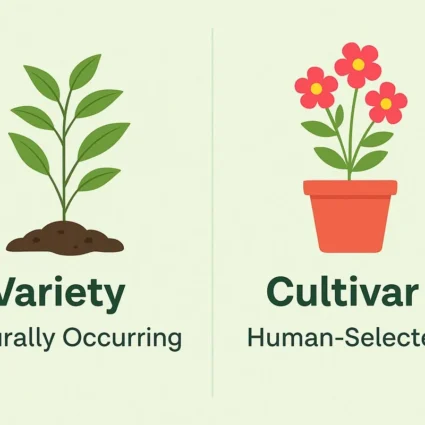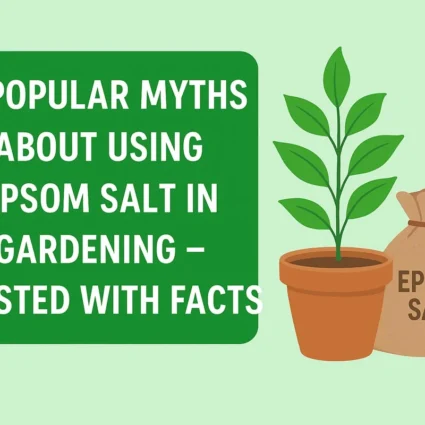
Growing Generations: A Guide to Swiss Cheese Plant Propagation
Swiss Cheese Plants, scientifically known as Monstera deliciosa, have earned a special place in the hearts of plant enthusiasts worldwide due to their unique fenestrated leaves and relatively low-maintenance care requirements. One exciting aspect of these captivating plants is the ability to propagate and grow new generations of Swiss Cheese Plants. Whether expanding your plant collection or sharing the joy of Monstera with friends and family, propagation can be a rewarding and sustainable practice. In this guide, we will explore various methods for propagating Swiss Cheese Plants, allowing you to create new thriving specimens from your existing ones.
Swiss Cheese Plant Propagation: Growing Your Monstera Deliciosa Family
- Stem Cuttings: The Classic Approach
- Aerial Roots: A Natural Approach
- Art of Water Propagation
Stem Cuttings: The Classic Approach
Stem cuttings are the most common and straightforward method of Swiss Cheese Plant propagation. Here’s how you can do it:
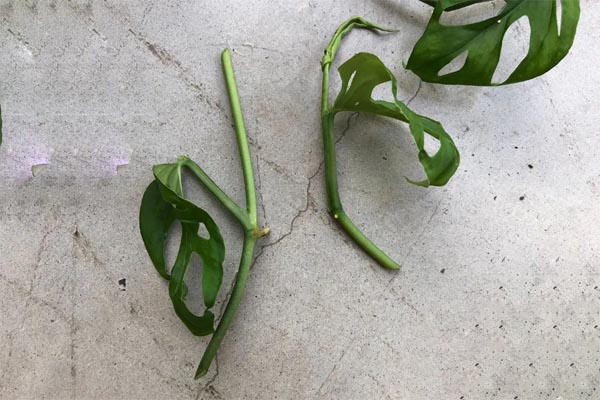
Materials Needed:
- Healthy parent plant
- Pruning shears or a sharp knife
- A pot with well-draining soil
- A plastic bag or plastic wrap
- Optional: rooting hormone
Also Read This :Straw Mulch: Unveiling Its Role and Benefits in Farming and Gardening
Swiss Cheese Plant Stem Cuttings Propagation Steps:
- Select a healthy, mature stem with a few nodes (the points from which leaves and roots grow). Nodes are essential for new growth.
- Using clean pruning shears or a sharp knife, make a clean cut just below a node. The cutting should be at least a few inches long, and you can take multiple cuttings if desired.
- If you use rooting hormone, dip the cut end of the stem in it to encourage root development.
- Plant the cutting in a pot with well-draining soil, burying the node under the surface.
- Cover the pot with a plastic bag or wrap to create a mini greenhouse effect, maintaining high humidity around the cutting.
- Place the pot in a bright, indirect light location, but avoid direct sunlight.
- Keep the soil consistently moist but not soggy. It’s crucial to monitor the moisture level during propagation.
Within a few weeks to a few months, you’ll notice new growth and roots developing, indicating a successful propagation. Once the cutting has established roots and grows well, you can transplant it into a larger pot or share it with fellow plant enthusiasts.
Also Read This :10 Compelling Reasons to Include White Sesame Seeds in Your Winter Diet
Aerial Roots: A Natural Approach
In their natural habitat, Swiss Cheese Plants use aerial roots to cling to trees and support their growth. You can leverage these aerial roots for propagation:
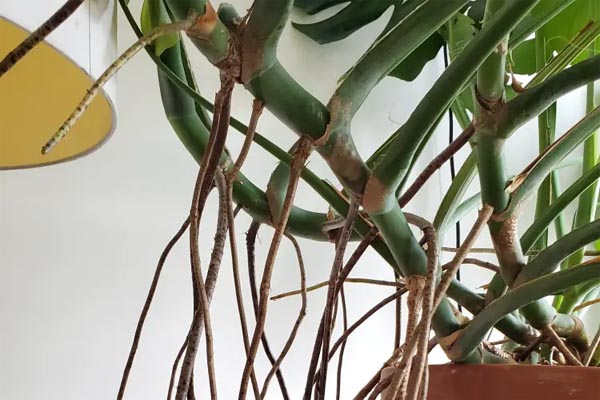
Materials Needed:
- Healthy parent plant with aerial roots
- A pot with well-draining soil
Swiss Cheese Plant Aerial Roots Propagation Steps:
- Identify a mature stem with aerial roots.
- Gently detach the stem with the aerial root from the parent plant.
- Plant the stem in a pot with well-draining soil, ensuring the aerial root is buried under the surface.
- Water the cutting and place it in a location with bright, indirect light.
This method mimics the Monstera’s natural growth habit, making it an effective way to propagate the plant. The cutting will grow and develop roots, eventually forming a new Swiss Cheese Plant.
Also Read This :Exploring the Best Rose Gardens in the World
Art of Water Propagation
You’re interested in water propagation, a popular method for propagating various plants by allowing them to root in water before transplanting them into the soil. Water propagation is a fantastic way to grow new plants and is especially suitable for many houseplants. Here’s a guide on how to propagate plants in water:
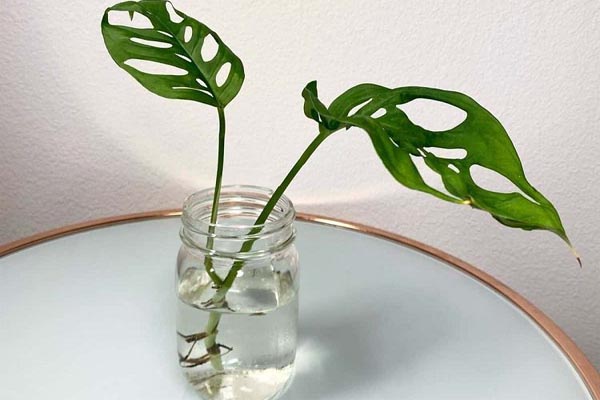
Materials Needed:
- Parent Plant: The plant you want to propagate.
- Clean Pruning Shears or Scissors: To take cuttings from the parent plant.
- Clear Glass or Plastic Container: Use a vessel that allows you to see the root development.
- Room Temperature Water: Use filtered or dechlorinated water to prevent damage to the cutting.
- Optional: Rooting Hormone: This can encourage root growth, but it’s not always necessary.
Also Read This :Harmony and Home: 20 Vastu Plants Perfect for Your Living Space
Steps for Water Propagation:
Select Healthy Cuttings: Choose a healthy stem or leaf from your parent plant. It should have several nodes (the small bumps on the stem where leaves and roots grow) because this is where roots will develop. Make a clean cut just below a node.
Trim the Leaves: If you’re propagating a leaf, trim it into sections, ensuring each section has a vein. For stem cuttings, remove any leaves that would be submerged in water.
Use Rooting Hormone (Optional): Dip the cut end of your cutting in rooting hormone, following the product’s instructions. This step is optional but can help speed up root development.
Place the Cutting in Water: Fill your container with room temperature water. Submerge the cut end of your cutting in the water, ensuring the node is fully immersed.
Find the Right Location: Place your container in a location with indirect sunlight. Too much direct sunlight can heat the water, potentially harming the cutting.
Monitor and Change Water:
- Check the water level regularly to ensure the node remains submerged.
- Change the water every 1-2 weeks to prevent rot and algae growth.
- Rinse the container before refilling it with fresh water.
Root Development: After a few weeks to a few months, you should start to see roots forming. Once the roots are a few inches long, your cutting is ready for transplantation into the soil.
Transplant into Soil: Gently remove the cutting from the water and plant it in a well-draining potting mix. Water it thoroughly after planting.
Also Read This :The Sacred Tradition: Lighting Diya (Deepak) Near Tulsi Every Day
Plants Suitable for Water Propagation
Water propagation works well for many plants, including pothos, philodendrons, spiders, and snake plants. It’s also suitable for propagating some herb cuttings like basil and mint.
Also Read This :Tips for Plantation Grow These Plants in Water
Also Read This :Follow these tips to grow plants from Leaves
Tips for Successful Swiss Cheese Plant Propagation
- Timing: Spring and early summer are the ideal times for propagation when the plant is actively growing.
- Patience: Propagation takes time, so be patient and monitor the progress of your cuttings regularly.
- Consistency: Maintain the right level of humidity and moisture for the cuttings, especially when using the plastic bag or wrap method.
- Ideal Conditions: Provide the same care and conditions you would for an established Swiss Cheese Plant to help the cuttings thrive.
- Pest Control: Watch for pests, as young cuttings can be more vulnerable to infestations.
Also Read This :Botanical Love Stories: Exploring Plants That Symbolize Romance
Swiss Cheese Plant propagation is a rewarding endeavour that allows you to create new plants while deepening your connection with these intriguing tropical beauties. Whether you opt for stem cuttings or take advantage of natural aerial roots, the journey of nurturing new generations of Monstera deliciosa is an exciting and sustainable way to enjoy the beauty of these fascinating houseplants.



